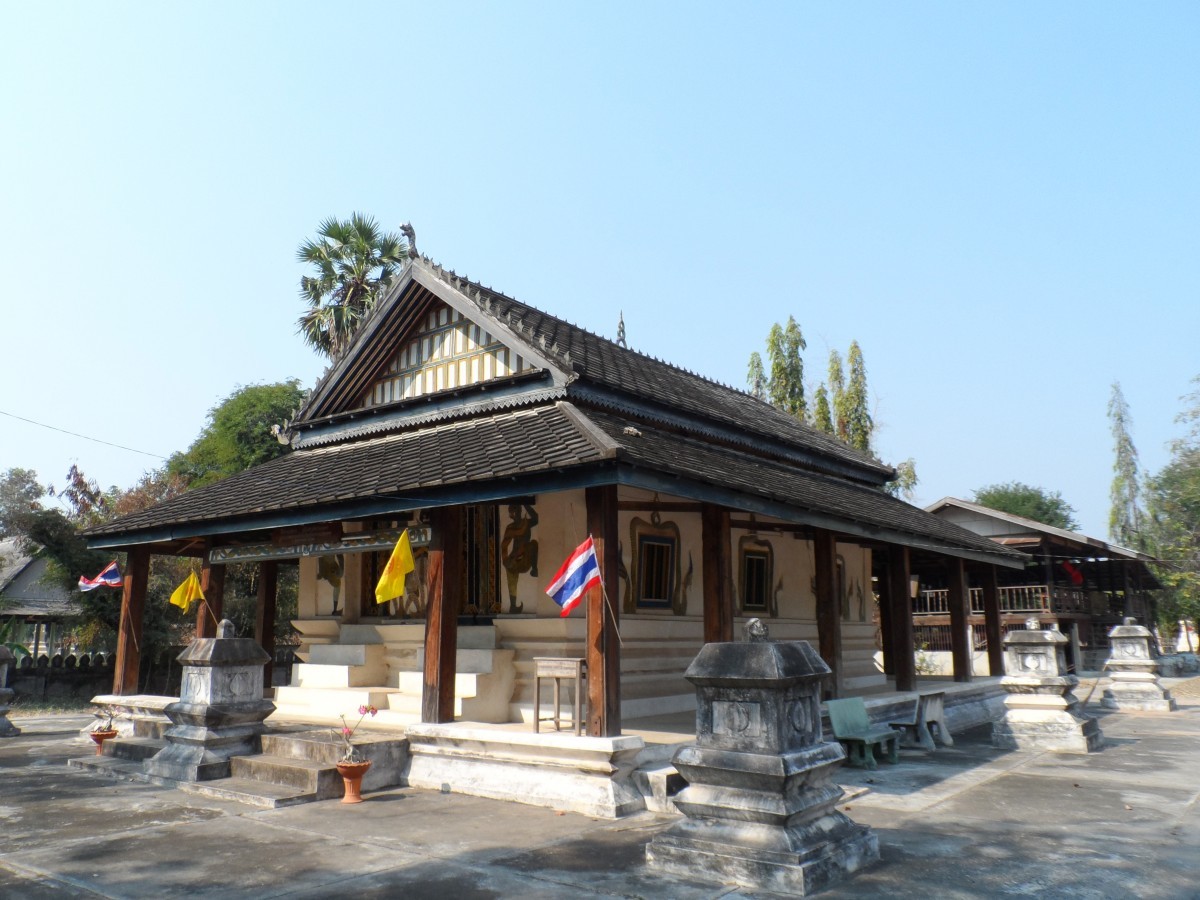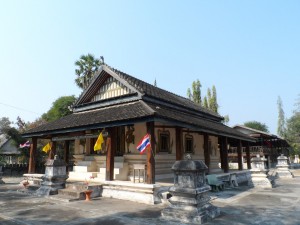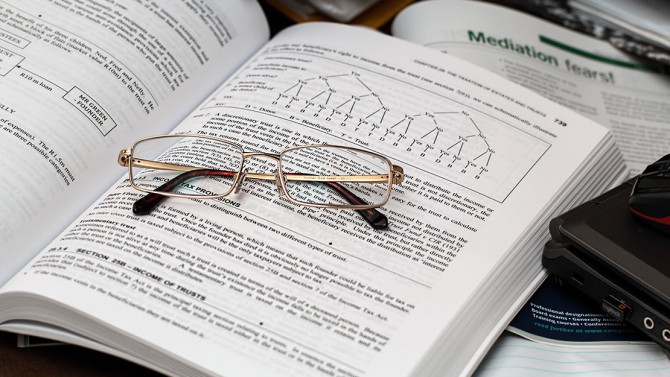
ผู้วิจัย
Sombat Prajonsant1*, Visar Faengwieng1 and Pipat Prajonsan2
บทคัดย่อ
This article described the local wisdom in orientation design providing thermal comfort in I-san Sims or vernacular Buddhist holy temples in the Northeast region of Thailand. The study examined the air temperature measurement, relative humidity, wind speed and Mean Radiant Temperature (MRT) of the three Sims since December 2014 to July 2015 by using scientific instruments. The results of the study showed that local beliefs have effected on the orientation of the Sims-they faced the east direction considered an auspicious direction. The narrow side of each building facing the east to the west direction was a crucial factor providing thermal comfort for the building users as building envelope area where is the heat storage as well as the quantity of the heat from the sun shining into each building can be reduced more than those Sims facing in the north to south direction. Throughout the day in winter, summer, and rainy season, the inside of the three Sims the thermal comfort was provided to the building users. In other words, the minimum/maximum temperature was in the range of 18.50˚C - 40.00˚C, the minimum/maximum relative humidity was in the range of 27.00 - 99.00%, and the minimum/maximum wind speed was in the range of 0.01 - 1.96 meters per second. Although the temperatures were above Victor Olgyay’s Chart, the indoor and outdoor temperatures were not different. It can be said that the local wisdom on Sim designing providing thermal comfort was based on orientation together with other factors. Keywords: architecture; Sim; Buddhist holy temples; thermal comfort; local wisdom
บรรณานุกรม
BuriRam Province. (2013) General information of BuriRam Province. [Online URL: www.BuriRam.go.th] accessed on January 17, 2013. Buranasompop, T. (1996) Effective energy-saving design. Bangkok: Faculty of Architecture, Silpakorn University. Boonyathikarn, S. (1999) Home energy-saving design techniques to better quality of life. Bangkok: Chulalongkorn University. Jiamjit, S. (2005) Evaluation of thermal comfort in tropical climate of buildings in Thailand. Thesis. Master of Architecture. Bangkok: Chulalongkorn University. Jindawanic, T. (1997) Cited in Naphat Sriwattanaproyoon et al. (2009) Study and analysis of heat transfer through earthen house’s wall. Pathumthani: Faculty of Architecture, Rajamangala University of Technology Thanyaburi. . (1999) Thai architecture and natural cooling. Business & construction magazine. (in press). Jirathasanakul, S. et al. (2007) The architectural style of Buddhist temples in the local community. Bangkok: Silpakorn University Printing. Jitkhajonwanich, K. (2004) Thermal comfort and the locals’ adaptation for comfortable living. Bangkok: Faculty of Architecture, Silpakorn University. . (2007) Thermal comfort and the locals’ adaptation for comfortable living. Bangkok: Faculty of Architecture, Silpakorn University. Jumsai na Ayudhya, S. (1986) Water: the origin of Thai culture. Bangkok: NSP Printing Group. Nimlek, S. (2004) Ubosot architecture in Thailand. Bangkok: Ancient City. Olgyay, V. (1992) Design with Climate: Bioclimatic Approach to Architectural Regionalism. New York: Van Nostrand Reinhold. Pinkaew, D. and Thongkamsamut, C. (2015) The wisdom of adapting and lifestyle to create thermal comfort in local house in central I-san. Home proud Journal 2(2): 239-253. Prajonsant, S. et al. (2015) Local Wisdom in Designing Vernacular Buddhist Holy Temples that Creating the Thermal Comfort: Case study of Khun Kong temple’s Sim in Nang Rong district, BuriRam province. KKU International Journal 5(1): 31-47. Prajonsant, S. et al. (2016) Thermal comfort in Isan Sim. AJNU Journal 7(2): 1-10. Srisuro, W. (1993) Isan Sim. Bangkok: Toyota Foundation. Suriyothin, P. et al. (1997) Weather analysis for building design. Sarasart. Bangkok: Chulalongkorn University. Suwannarat, W. (1994) Climate science and the architectural design. Bangkok: Faculty of Architecture, King Mongkut's Institute of Technology Ladkrabang. Thipyopas, C. (2000) Understanding of climate condition and guidelines on comfortable design. Bangkok: King Mongkut's Institute of Technology Ladkrabang. Thongkamsamut, C. (2014) Global warming and sustainable design. Khon Kaen: Khon Kaen University. . (2004) Crisis in vernacular architecture in Isan region. Isan Study Journal, 2(5): 9-15.
หน่วยงานการอ้างอิง
Humanities, Arts and Social Sciences Studies Vol.18(1) : 1-28, 2018







ความคิดเห็น